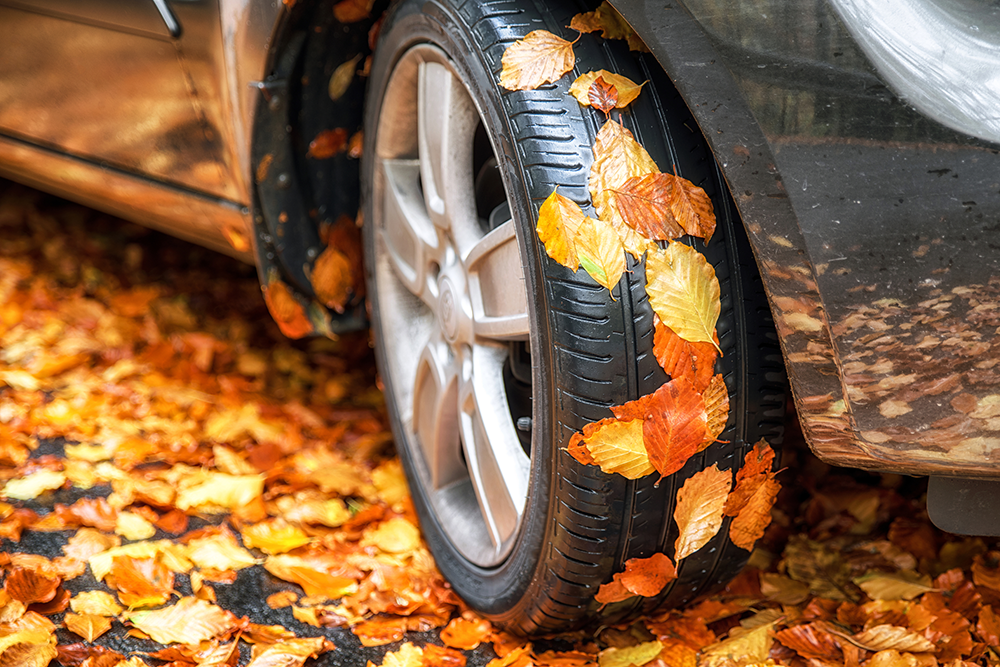Are your tires ready for autumn's rainy weather?

Those first autumn rains often create slick road conditions. Oil and grime that soaked into asphalt during the summer resurfaces with warm early rains, creating treacherous driving conditions for even experienced drivers.
Can your vehicle's tires handle slick roads?
According to Dan Zielinski of the Rubber Manufacturer's Association, autumn is an ideal time to get your vehicle's tires inspected. Wear and tear of driving on hot summer roads can take a toll on your car's tires.
"Warning signs include cracks, bulges, cuts and abrasions," said Zielinski. "Those things can happen on any tire if it's exposed to the elements."
The problem is not the age of the tires but their condition. Tires that are several years old can perform admirably if properly maintained, Zielinski said.
That means regular tire rotation and monthly checks on proper tire inflation. Most vehicle require tire rotation about every 5,000 miles/ 8,000 kilometres.
Moreover, trauma can affect tires regardless of age. For instance, tire damage may be permanent if a driver hits a median strip or runs over a nail.
"Never fix a tire that has damage to the sidewall," Zielinski said
Heat is the enemy of long tire life, Zielinski said, An under-inflated tires generates heat that, over time, can damage tires.
Cold autumn air can contribute to under-inflation, too. Zielinski recommends a monthly visual inspection of tires to identify cuts, bald spots, low inflation and sidewall damage.
Problems with low inflation are exacerbated by weight. For example, chauffeuring several members of the varsity team and their gear can places additional stress on tires.
"Extra weight increases tire heat and risk of failure."
There's good news, however. Practicing proper tire care helps improve tread life and save fuel . Your vehicle loses 10 percent in fuel economy on average for every five to seven pounds (34 - 48 kPa) reduction in air pressure, Zielinski said.
How can drivers get the most out of their tires, even old tires? Zielinski ticked off several key elements:
-
Check tire inflation monthly, especially if you're going on vacation. Extra weight adds to tire stress, and proper inflation helps keep tires from riding on the sidewall.Check for cracks, bulges and uneven tire wear. Such signs of fatigue may contribute to tire failure.
-
Rotate tires regularly. This helps prevent uneven wear and may uncover problems with tire balancing or alignment. Rotation method varies as to vehicle you drive and tire (front-wheel vs. rear-wheel drive, conventional vs. steel-belted tires). Check manufacturer guidelines.Ask for plugs and patches when fixing a flat, not just plugs. Plugs may come loose and deflate the tire.
-
Check anytime your vehicle hits a pothole, curb or gutter. Tires may be damaged permanently and need to be replaced. Telltale signs include bulging and cuts on the sidewall.Do not overinflate tires, which can cause premature tire wear and make tires more susceptible to road hazard damage.
-
Do not fix sidewall damage including nail holes. Replace tires instead.